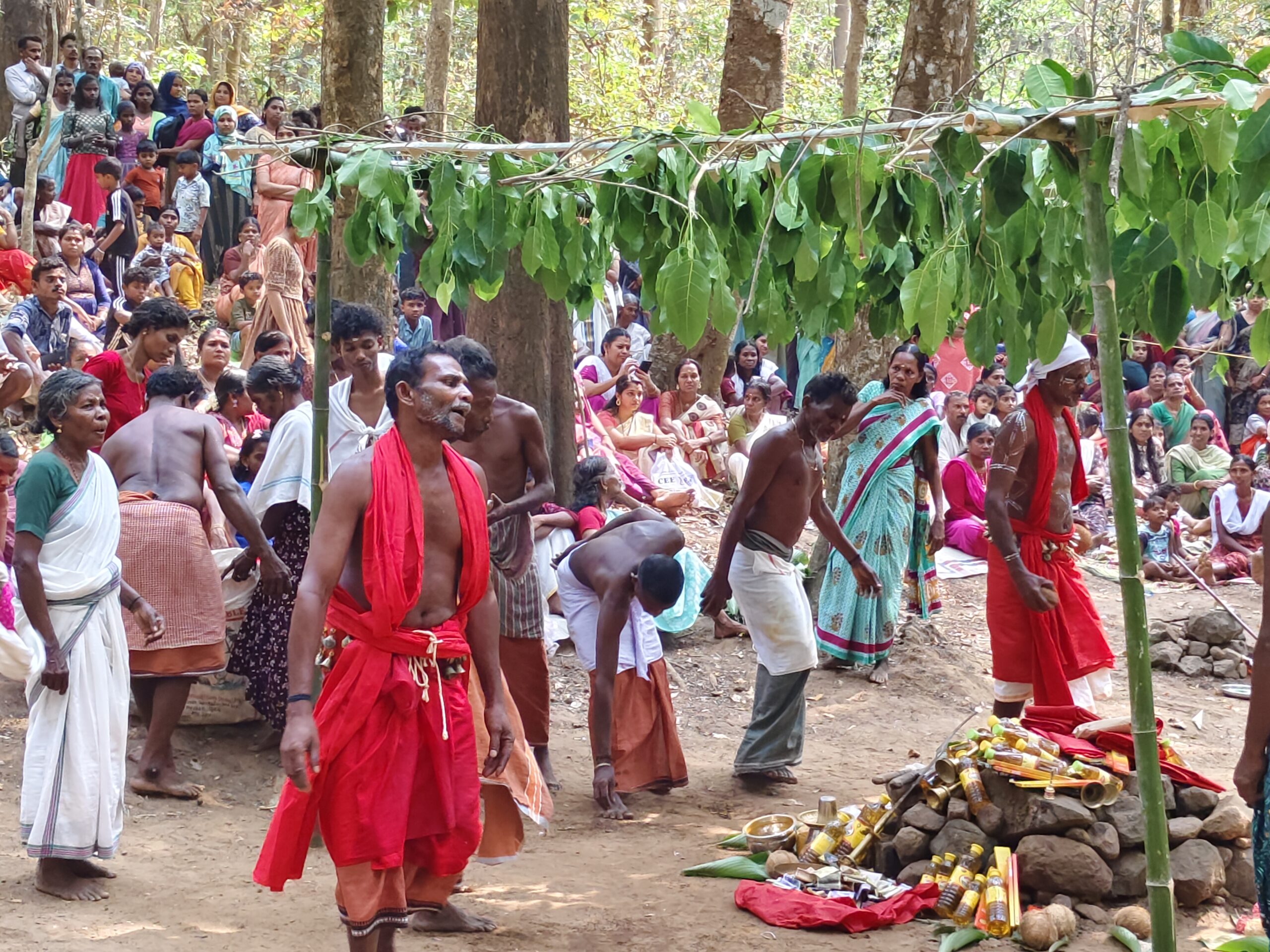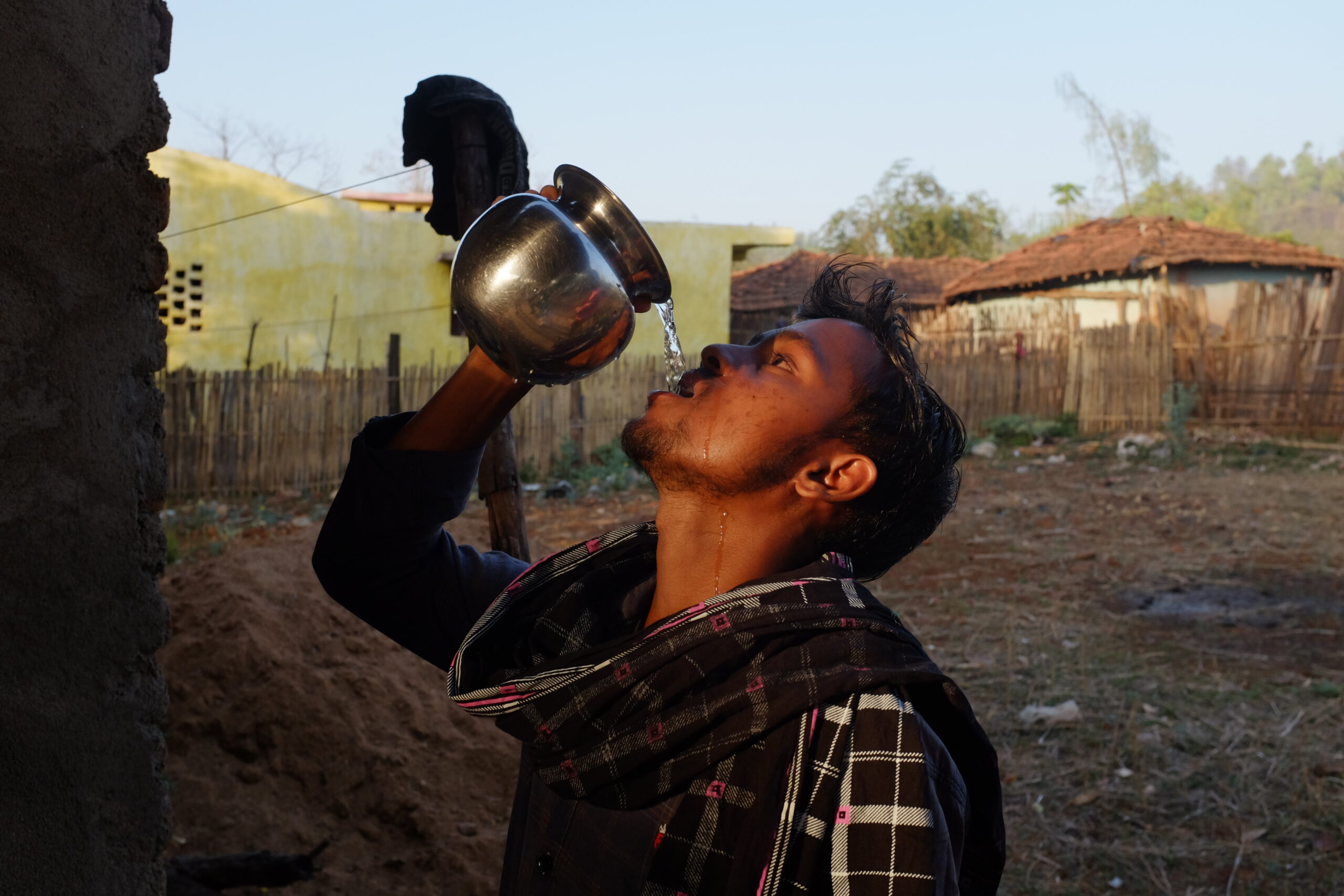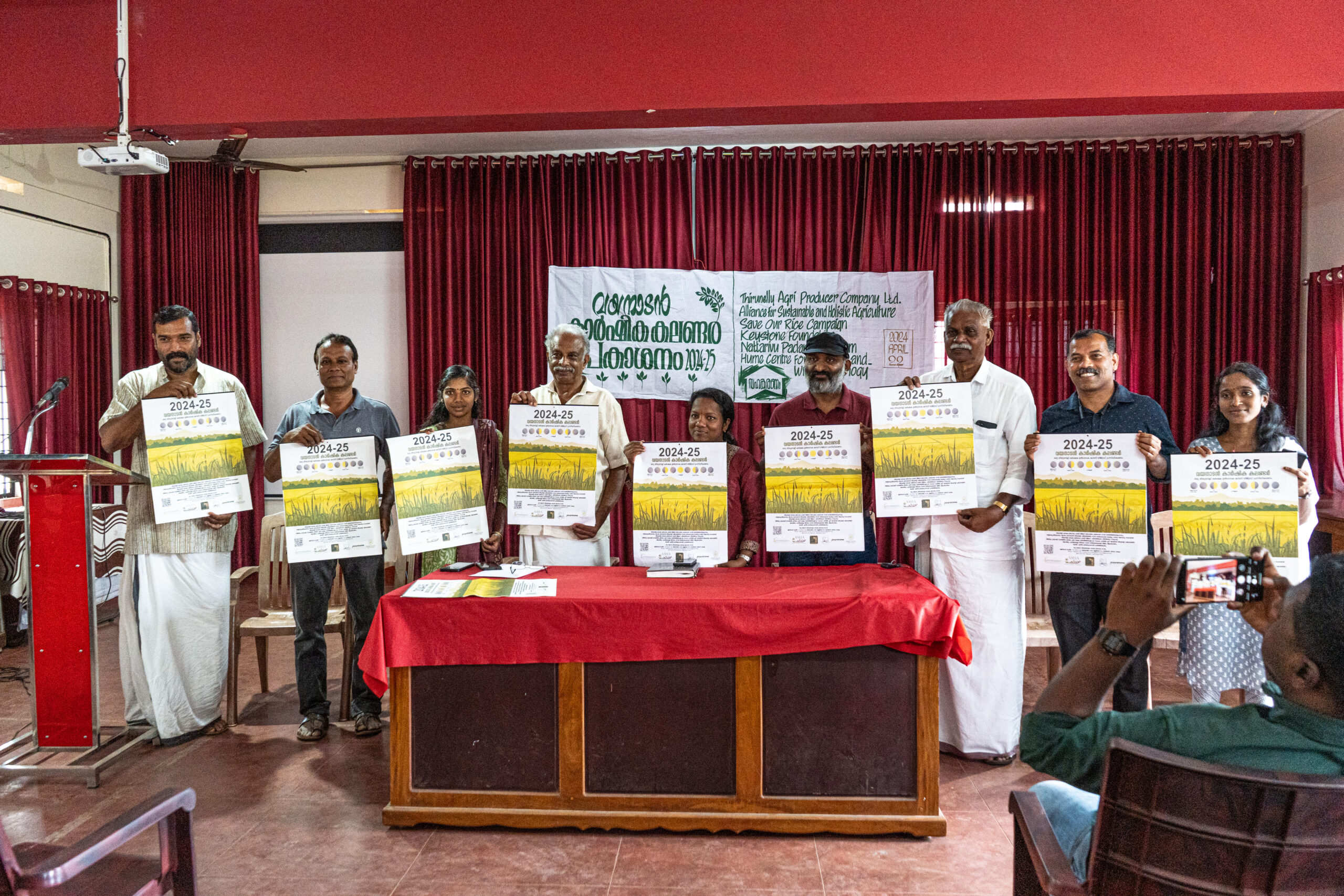The official first week of NFLC classes began with the theme of Indigenous Worldviews. The
first class and Cross Boundary Exercise (CBE) set the scene for a way of thinking that aided in
understanding the multidimensionality of the upcoming classes. The students and resource leads
began with an exercise where each had to draw their own world view. This activity sparked
discussion on what everyone drew as their world view, ranging from their own family histories,
spirals, the brain, comedy, geographical maps, personal experiences, binaries, and education. This
exercise tied into the following lectures on the History of Self and Communities, and Introduction to
Nilgiri Biosphere Reserve.
The next day began with a CBE on music, where students played a song for the rest of the
class to kickstart a day of understanding the different ways in which individuals may view or
interpret similar situations. This activity was followed by lectures on Ways and Means of Observing
(nature, culture, etc.) and Creation Stories and Origin Stories (Myths to History) where students and
lecturers discussed different myths they had heard of, and students shared some myths from their
own communities that they had heard from their elders.
Using the information from the last two classes, students went on a field trip to meet
Vasamalli, an inspiring Toda woman in Tamilagamund. Students were taken to temples, Toda
villages, where they witnessed a naming ceremony, beautiful Toda embroidery, and chanting.
Students were also so fortunate to experience Vasamalli’s stories about the people, water buffalos,
and creation myths about the landscape (vast grasslands) and environment which tied neatly into
the class discussions.
The next day was about Language, how it’s spoken, written, listened to, and perceived.
Students visualized a language tree classifying Dravidian and Indo-European languages, along with
certain anthropological blunders that grouped indigenous groups into one category, despite there
being vast differences within these groups that are not reflected in certificates. The second part of
the day focused on another language – art, where they learned about and experienced a trajectory
of indigenous instruments through time, beginning with stones, then rattlers, wind instruments,
more complex percussion (ex- drums with skin and therefore, adjustable tone), bronze, metal, and
brass instruments and vibration, all the way to string instruments.
The culmination of the Indigenous World Views week was having a day to interact with the
community fellows working with Seemai Sudhi. NFLC students were introduced to the fellows and
their work during the first half of the day, where a debate erupted within the fellows about evidence
and belief (and who needs what) regarding the understanding of myths. The second half of the day
was when NFLC students learned about more specific experiences of the fellows, how they started
their work and how they go about it. They listened to personal accounts of data collection through
geographical mapping, interviews, and the creation of art to gather information about community
histories and why saving these histories is important.
By Shakuntala Ramnath

















